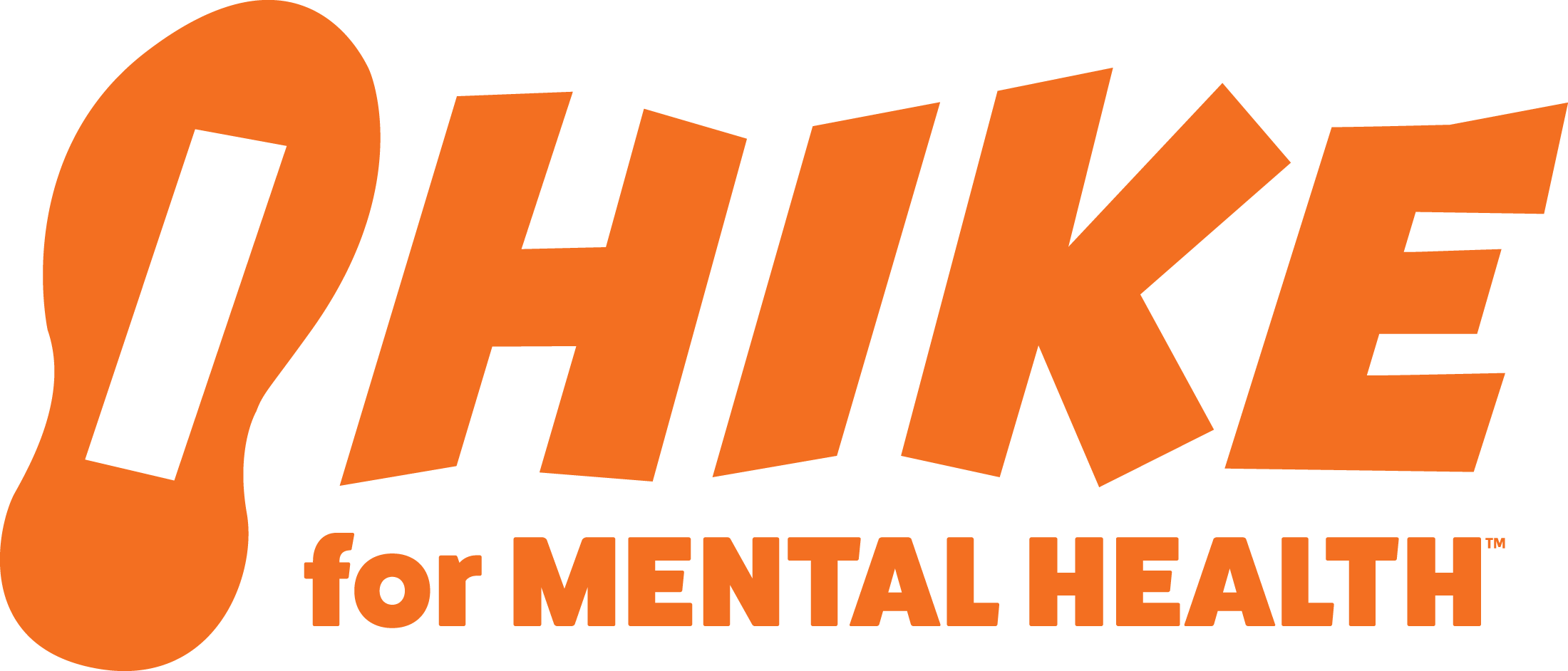Suicide Prevention
If you or someone you know is having thoughts of suicide or mental health challenges 988 is available 24/7 to provide emotional support.
September is Suicide Prevention Month
Suicide is a major public health concern. According to the National Institute of Mental Health (NIMH) 48,100 people died by suicide in 2021 in the United States. That is one death by suicide every 11 minutes. More than 950,000 youth between 12 and 17 and 1.6 million adults attempted suicide in 2021 and 2022. In those same years suicide was the second leading cause of death for children between 10 and 14 and adults between 25 and 34. Researchers at the NIMH found that rates of preteen suicide (ages 8-12) have been increasing by approximately 8% annually since 2008. The increases were mostly found among female preteens, American Indian/Alaska Native or Asian/Pacific Islander preteens, and Hispanic preteens.
There are many more statistics on suicide we could share. However, given that September is Suicide Prevention Month the rest of this article will focus on prevention, as suicide is often preventable. Suicide is not a normal response to stress, and thus suicidal thoughts or actions should not be ignored. Knowing the warning signs, risk factors, and how to get support can help prevent suicide.
Warning Signs and Risk Factors of Suicide
According to the NIMH there are several warning signs of suicide. Any one of these could be a sign that someone is having thoughts of suicide. They are:
- Talking about wanting to die or wanting to kill themselves
- Talking about feeling empty or hopeless or having no reason to live
- Talking about feeling trapped or feeling that there are no solutions
- Feeling unbearable emotional or physical pain
- Talking about being a burden to others
- Withdrawing from family and friends
- Giving away important possessions
- Saying goodbye to friends and family
- Putting affairs in order, such as making a will
- Taking great risks that could lead to death, such as driving extremely fast
- Talking or thinking about death often
- Displaying extreme mood swings, suddenly changing from very sad to very calm or happy
- Making a plan or looking for ways to kill themselves, such as searching for lethal methods online, stockpiling pills, or buying a gun
- Talking about feeling great guilt or shame<
- Using alcohol or drugs more often
- Acting anxious or agitated
- Changing eating or sleeping habits
- Showing rage or talking about seeking revenge
People of all ages, genders, and backgrounds can be at risk for suicide. While there is not one single cause of suicide there are several main risk factors that have been identified by the NIMH. These include:
- Depression, other mental disorders, or substance use disorder
- Chronic pain
- Personal history of suicide attempts
- Family history of a mental disorder or substance use
- Family history of suicide
- Exposure to family violence, including physical or sexual abuse
- Presence of guns or other firearms in the home
- Having recently been released from prison or jail
Having some of these risk factors does not mean that someone will attempt suicide. Someone who does not have the risk factors but who is displaying warning signs of suicide may be at a higher risk and in need of immediate intervention.
Interventions and Treatment
There are several effective evidence-based interventions and treatments to help people who are at risk or displaying signs of suicide. Safety planning and follow-up phone calls are two brief interventions that has been researched and found to reduce suicidal thoughts. Psychotherapies and medications have also been found to be effective treatments.
While collaborative care is not a new approach it may be one that you have not heard off. This approach enhances the behavioral health treatment by adding two additional services, behavioral health care management and consultation with a mental health specialist.
Additional Resources
If you would like to read more about the research the NIMH is doing on suicide, click here. Some of the recent research findings include:
- rates of preteen suicide (ages 8-12) have been increasing by approximately 8% annually since 2008
- suicide risk screening, assessment, and intervention are helping to save lives
- evidence-based practices for suicide prevention effectively reduced suicidal behaviors among adults seen for care in emergency departments
- hospital visits for urgent mental health care increased among children and teens in the second year of the COVID-19 pandemic
- the pandemic increased youth suicide rates and the impact varied by sex, age, and race and ethnicity
- the impact of a family-based intervention on suicide risk in youth and found risk-reduction benefits up to 10 years later.
The Brain & Behavior Research Foundation is also involved in suicide prevention. Since 1987 the foundation has awarded more than $4.5M to suicide prevention research. They also have an episode of Healthy Minds that focuses on suicide prevention. You can view that episode here.
5 Action Steps to Help Someone Having Thoughts of Suicide
The NIMH has identified these 5 actions steps you can take to help someone who is having thoughts of suicide. They have developed this graphic with each step included. If you think someone might be considering suicide, be the one to help them by taking these 5 steps.
Remember, if you or someone you know is having thoughts of suicide or mental health challenges text or call 988, anytime, 24/7.




Comments
Suicide Prevention — No Comments
HTML tags allowed in your comment: <a href="" title=""> <abbr title=""> <acronym title=""> <b> <blockquote cite=""> <cite> <code> <del datetime=""> <em> <i> <q cite=""> <s> <strike> <strong>